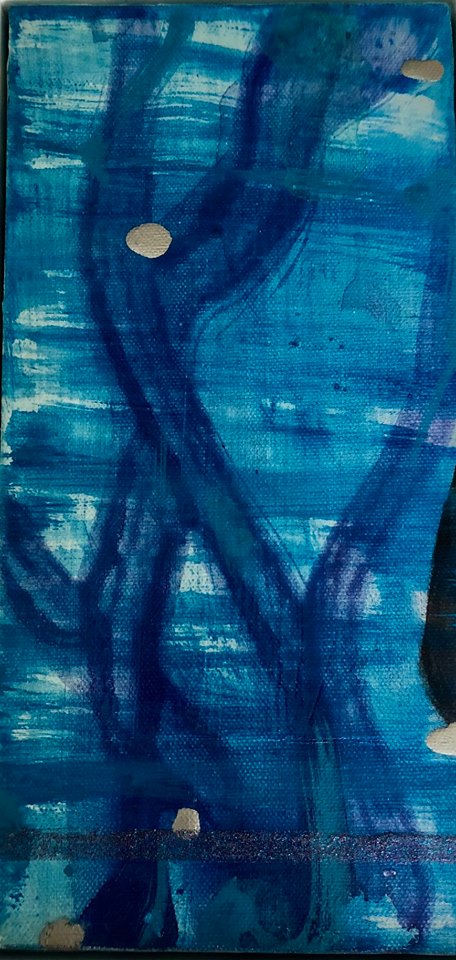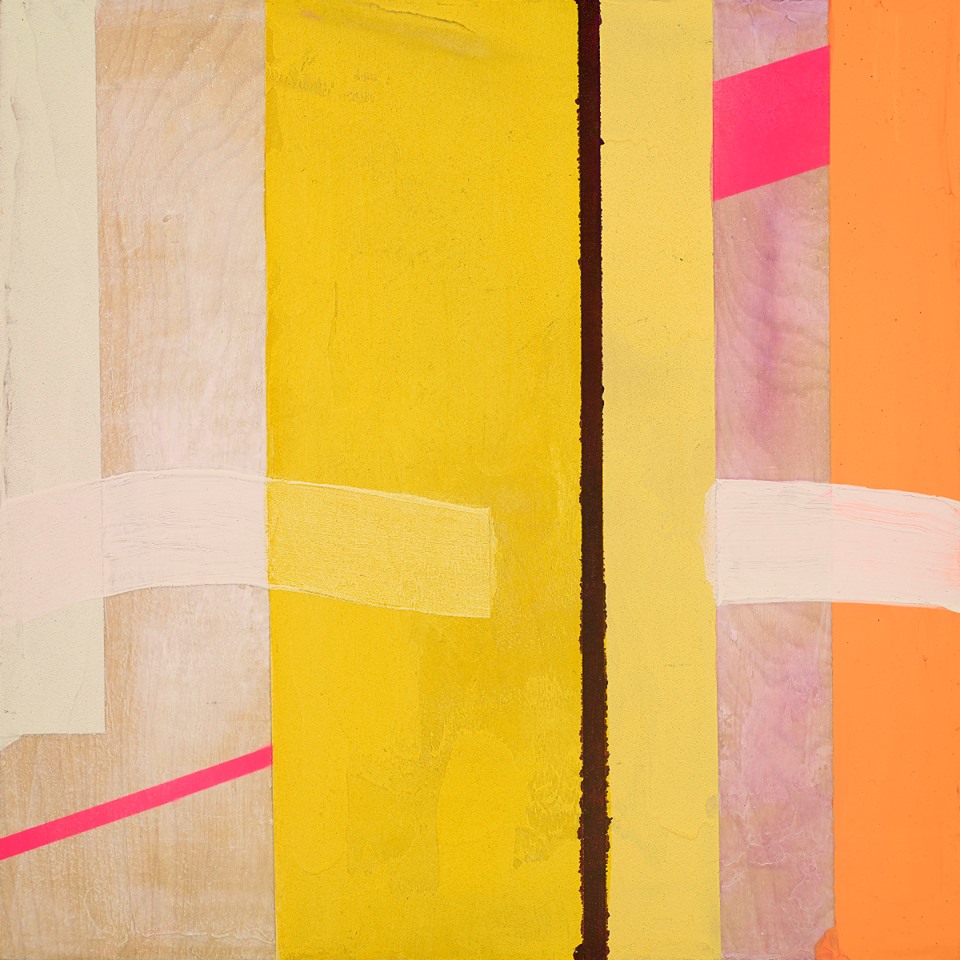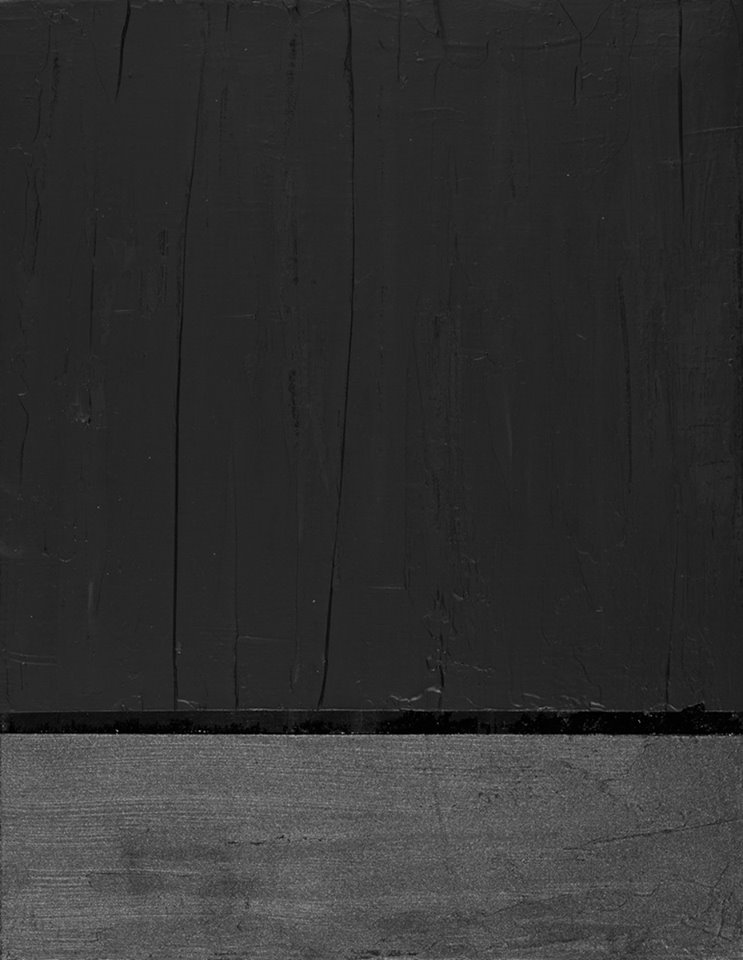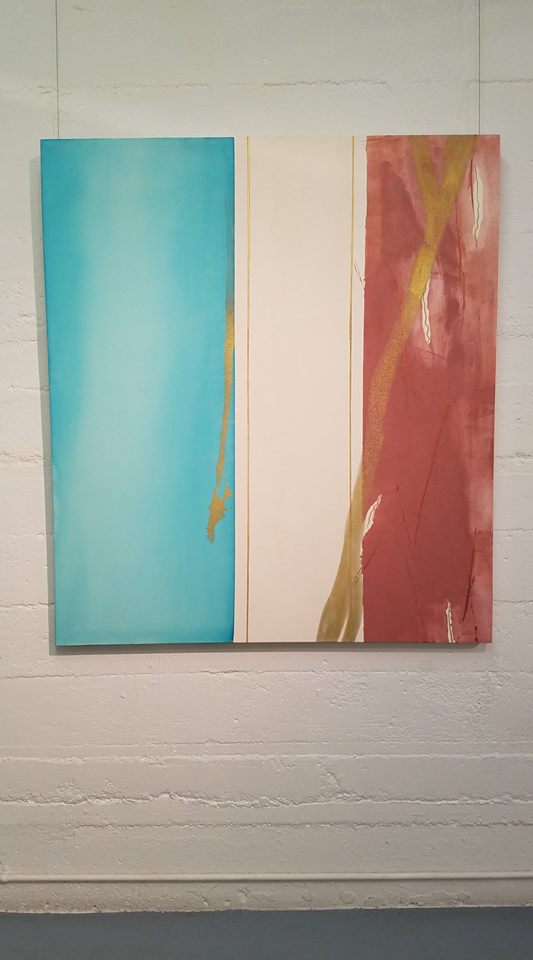An environmental focus forms the theme of three of the four fine exhibitions currently on the Los Angeles Art Association’s Gallery 825.
Awash in the rich blue of the sea, Snezana Saraswati Petrovic’s impressive and immersive installation Collateral Damage Recall serves to compel viewers to act against our consumer madness – the use of plastic, plastic everywhere. The exhibition is thoroughly entertaining, even exuberant, as it brings viewers awareness toward climate change, and the terrible destruction mankind has wreaked upon ocean, coral reefs, and other water resources. The artist has created both a wondrous immersive world in her futuristic living room and bedroom, while also leading viewers to contemplate the ongoing nightmare of plastic. The installation is an outgrowth of a room-size exhibition held at MOAH Cedar four years ago.
Along with its immersive nature, the exhibition now features video and audio components and interactive capabilities for viewers. There are 3D printed corals, a waterbed for viewers to incline upon while experiencing underwater video images, a suspended blue marlin which emanates with sounds of the natural world from speakers contained within the great fish. Images of augmented reality, accessed through the ARTIVIVE app add an extra dimension to the exhibition. A sculptural tour de force for Petrovic, the exhibition will haunt viewers with its beauty and challenge them to take action in the name of the Earth.
With her own images of nature, including strong visions of sea and sky, the large-scale painted images of Frederika Roeder in her exhibition, Scapes, are equally captivating. Roeder illuminates the walls with her glowing abstract landscapes describing geography, place, new horizons, and the majesty of the natural world, through the lens of biological narrative.
Depicting both the Southern California environment to which Roeder is native, but also cooler images inspired by a recent residency in the Italian Alps, Roeder, like Petrovic, stresses the importance of protecting our fragile earth, specifically its coastal areas, and at the same time expresses the vibrant beauty of the sea. Her eight acrylic works shimmer with images of water and sun, wild waves and pristine clear bays. Her geometrically abstract use of vertical bands, bars, and narrow lines are hypnotizing, but it is her palette, shimmeringly poetic, that aches with the beauty of the natural world.
S.P. Harper’s Natural Force contains images of nature, both painted and sculptural, vibrant in color and precisely structures. Unlike Roeder and Petrovic, Harper focuses on land rather than sea, specifically the jeweled wonder of nature’s crystals. Employing found-art objects in her sculptural style and a sleek modernist approach to opaque oil paintings, Harper’s work offers its own jeweled dazzle. Her Gods of Fire series of small paintings represent birthstones of singular luster and depth; her use of geometric imaging includes reforming and upcycling of diverse discarded mediums from fabric to her use of an appropriately diamond-blade circular saw.
Gallery 825’s stellar ecologically-themed exhibitions includes the human species too, with an involving video installation from artist Janine Brown, reviewed elsewhere.
Gallery 825 is located at 825 N. La Cienega in West Hollywood. The exhibition closes IRL February 18th; view images online here.
- Genie Davis – photos, Genie Davis

















































